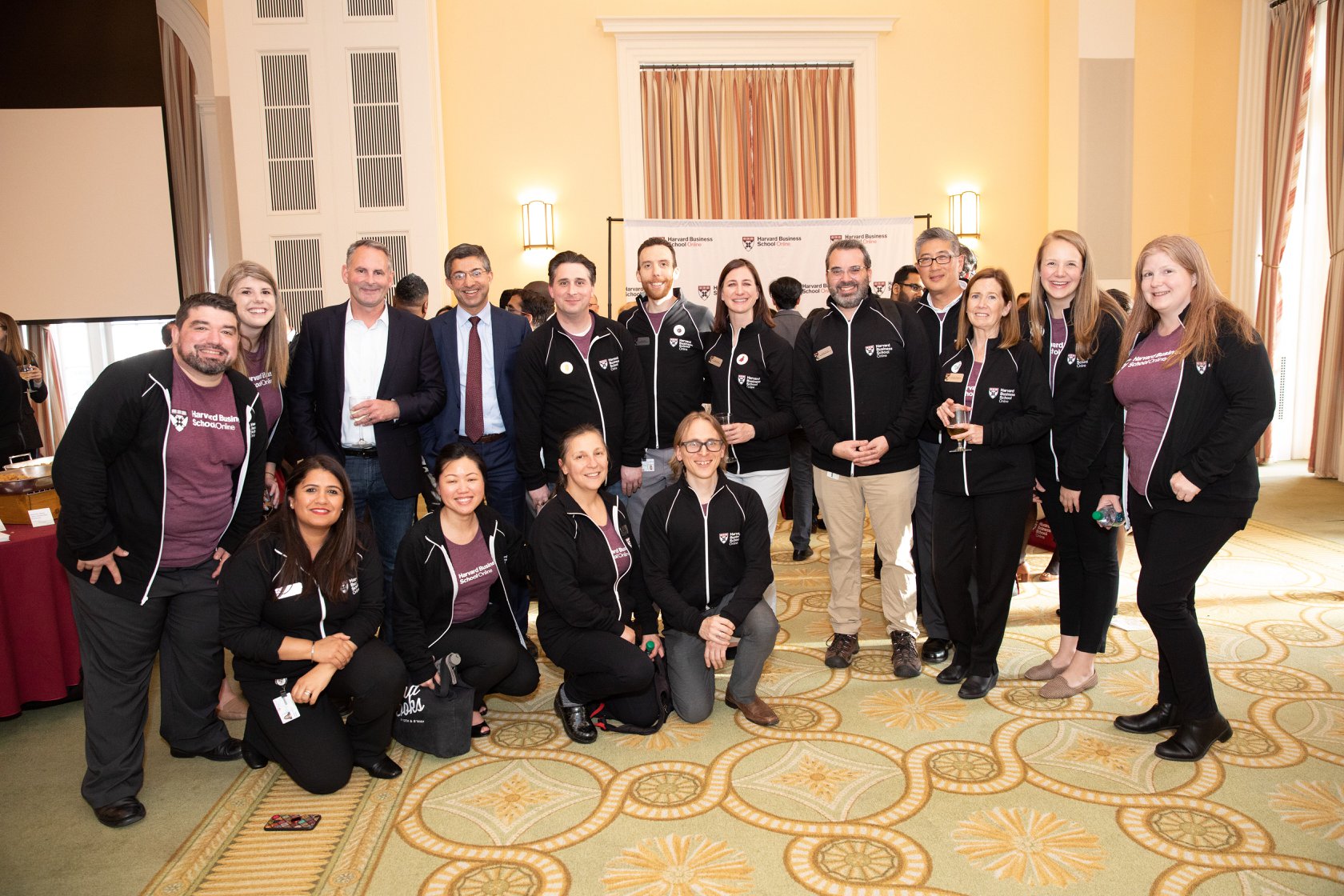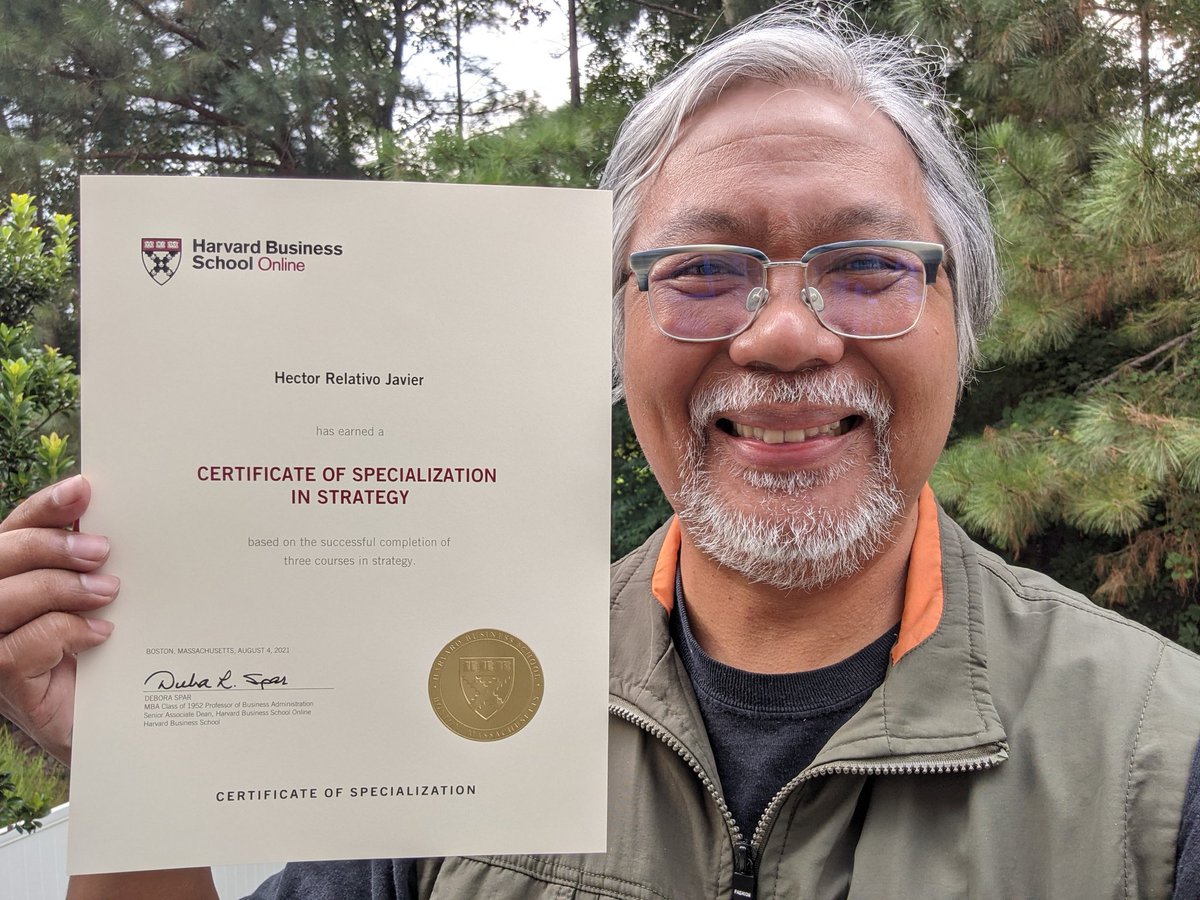How Harvard Transformed Its Leadership Programs & Captured Corporate Learning Space

The success of Harvard’s virtual programs must be no stranger to those who are diving into the EdTech area. With the future of higher education and corporate learning replete with uncertainty and the pandemic forcing both individuals and organizations to reconsider their learning plans, massive open online education solutions are seeing a surge.
Long before the crisis, Harvard had realized the importance of providing an online learning platform and it has been constantly working to transform towards higher and higher goals along the way.
Harvard Decided to Opt for Online Learning
In the fall of 2010, the Dean of Harvard Business School (HBS), Nitin Nohria, was asked one big question: “Will Harvard Business School enter the arena of online education?”
“Not in my lifetime.”, Nohria answered unequivocally.
At that time, Nohria, like many other faculties at prestigious institutions around the world, considered online education as a disruptive innovation that would threaten (or even kill off) campus-based, in-person educational programs. But HBS’s defensive position changed, as they began to understand online learning’s role in complementing and supplementing existing educational methods at their century-old center for learning. Even Nohria had admitted that he was wrong, and thanks to the launch of EdX and a remarkably entrepreneurial group of colleagues at HBS, they began to work on a historic project.

In March 2014, Harvard formally announced its entry into the online education market by unveiling HBX, a new digital learning platform that provides business-focused online courses, today known as Harvard Business School Online (HBS Online). With the initial target to deepen the School’s impact and broaden its reach, HBS Online shapes the mission as ‘to reach and educate leaders wherever they are – in the world, in their careers, and in their lives.’
“There was a decision made shortly after, that we should consider what we do online. But if we’re going to do it, let’s stay true to who we are.”, said Patrick Mullane, Executive Director of HBS Online.
To date, HBS Online has educated 100,000-plus learners from more than 175 countries via its online platform. A recent survey conducted by City Square Associates showed that 94 percent of learners said HBS Online is more impactful than other online business programs and three out of four said it’s worth the investment.
Stay True to Key Characteristics around the Learning Model
At HBS, ‘staying true’ means keeping to their method of teaching. “Where we ask learners to put themselves in the shoes of a manager. We share that manager’s story with them, the problems the manager is facing and ask them how they would address the problem or question.”, Mullane said.
That’s how HBS Online offers a unique way to learn vital business concepts. The key to the program’s success is the high level of engagement it fosters with its learners by putting them at the center of the learning experience. Being more disadvantageous than the traditional School, HBS Online is operated without the benefit of face-to-face interactions. However, the completion rate reaches around 85 percent. To achieve this impressive figure, the system has to rely on the three-pronged approach to promote learners.
#1. Active
Learners will engage in a new activity every three to five minutes. Whether that’s a short video featuring HBS faculty or industry leaders, applying new concepts through instructional elements including polls, quizzes, problem-solving exercises, interactive graphs, short essays, and the famed HBS “Cold Call,” where learners are asked to succinctly state their position on an issue. In the HBS Online platform, content is revealed to learners in a sequence, and they can’t skip ahead. Each element is designed to keep them interested and involved.
#2. Case-Based
Another critical aspect of the program is case-based learning, putting learners in the shoes of business leaders. Faculty members, many of whom are well-connected in the business world, work their networks to simulate real-world issues. “We have companies like Disney and Google that help with cold-calling campaigns. We bring lessons to life through real cases.”, said Sue Crowley, senior director of program services at HBS Online. In this way, learners can hear firsthand the challenges those organizations faced, and wrestle with the same issues and imperfect information.
#3. Social
Fostering collaboration is a big part of what makes HBS Online unique. In the process, learners have multiple opportunities to exchange ideas, offer input, and seek out perspectives from a community of learners gathered from around the globe. The program also provides a self-service portal so that learners can engage with one another on social media.

“Our participants tell us that our learning model is powerful, and our global network extraordinary. Not only do participants make lifelong friends from around the world, but they have a richer learning experience because of the collaborative style, and they can apply the lessons they learn directly to their own careers,” said HBS Online’s Senior Associate Dean Debora Spar.
Never Waste a Good Crisis
At the onset of the COVID-19 pandemic, while HBS online seems to be perfectly adapted to the situation, HBS began to calculate the next steps in the long run. Over the initial few months, they redesigned, trained, tested, and refined. Through strong partnerships between the faculty, technology staff, and administrative staff, HBS has successfully introduced new virtual and hybrid programs.
To achieve this, they overcame a lot of challenges in the process that led to invaluable learning. Let’s look at five important lessons along the way.
#1. Stay Simple with New Technologies
When transitioning to digital learning, it’s easy to get overwhelmed with the technology and forget about the teaching experience. Some of them made the mistake of over-indexing on the technology and trying to get as quick as possible. One of the biggest lessons is to keep it simple as the digital application is not about the fancy stuff. Actually, these technologies are very easy to learn, so don’t forget to focus on what’s important, which is how to deliver content and provide experiences.
#2. Collaboration, Not Isolation
Making the jump into a new digital format, and making a good job, requires a strong and collaborative partnership. HBS puts its staff on Slack so that they could constantly share tips, techniques, and feedback. When a member faces problems, they will post inquiries on Slack, then colleagues jump in with helpful responses that distribute information to everyone. It creates a real sense of community and dialogue as they were all in it together.
Conversely, those faculty members who went solo and chose not to collaborate soon grew frustrated and came back to the group for help. As a result, even the most traditional-minded members showed their ability to change, learn, adapt, and deliver.
#3. Focus on the Essentials
The move to virtual and hybrid learning forced HBS to understand that it’s impossible to deliver as much content as it can in a live classroom. A lot of faculty members took their traditional teaching plans straight into the Zoom environment, and then found they ran out of time. Because of the Zoom fatigue, they thought about restructuring programs to have shorter sessions distributed over time. For example, a course that normally consists of five intense days may need to be spread over two to three weeks with small sessions. It’s a good chance to realize the main points to prioritize, making lean and even better programs.
#4. Avoid Second-Class Experience

Hybrid programs produce two very different experiences, depending on whether learners are attending in person or remotely. HBS saw early on that the success of hybrid teaching would crucially depend on ensuring everybody gets a first-class experience and people connecting remotely don’t feel like spectators.
They considered the camera angles, showing the whiteboards and visuals, and how to recognize when remote students wish to speak. They also installed big screens in the back of the classroom that enable professors to see all students and if any raised hands. Additionally, all in-person participants have their laptops open and join in the same Zoom environment, allowing everyone to see and identify each other. It has been discovered that the ability to see the instructor moving around as they wrote on the board and took questions brought energy to the class. Remote students show that they prefer this hybrid learning environment over a fully virtual one.
#5. Facilitate Interactive Learning
A big issue in moving to remote and hybrid learning was how to make sure that the interactivity everyone normally gets in the classroom would cross over into the virtual environment. For remote learners, interaction and discussion end as soon as they exit the virtual classroom, so they lose the whole social structure of collective learning and end up feeling isolated.
One solution is through guided activities and group projects that might not have been as important in residential programs, but require learners to interact on a regular basis. Applications such as Slack, Teams or Zoom are considered to be another important component in the social structure. Interestingly, students who were typically quiet when asked to verbally respond are now active when using chat as it empowers them to be more confident to participate.
The Potential of Corporate Learning

In recent years, corporate learning has gone through massive changes as part of overarching initiatives in digital transformation. While “learning” is a label some companies use to refer to their training department, corporate learning embraces a much wider notion as it pertains to a company-wide learning culture in which both the company and its employees constantly learn and adapt.
On the HBS Online platform, besides courses available for individuals, there are specific programs for organizations that help their executives and employees master essential business concepts, including Corporate Learning and Academic Solutions. HBS Online’s business courses can serve as stand-alone learning experiences or as one component of an integrated development curriculum for upskilling and team-building within a company.
To this extent, HBS Online has done a good job of selling its programs, along with other support services such as providing periodic progress reports on how each participant is faring in the course or ongoing email communications before, during, and after the course to resolve any technical or course-related issues participants may face. However, this is still not the ultimate solution in satisfying the needs of businesses for corporate learning.
Stepping into Other Dimension
“Our research shows that L&D has an important opportunity to impact future growth by aligning critical capabilities to business strategies and providing highly engaging, learner-centric development experiences.”, said Ian Fanton, Senior Vice President and Head of Harvard Business Publishing Corporate Learning.
According to Forbes, about 55% of employees consider career growth and opportunity more important than salary. Unfortunately, this ground-breaking survey shows that 47% of participants are dissatisfied with their employer’s learning and development programs. So how did Harvard take its action?

At a higher level, Corporate Learning is one of the three market groups that make up Harvard Business Publishing, an affiliate of Harvard Business School. It leverages the business insight and thought leadership of Harvard Business School faculty, Harvard Business Review authors, and other management to create flexible leadership development solutions in blended learning formats that address the most pressing business challenges within an organization.
“Our client partners are truly the backbone of our organization,” said Fanton. “I’ve been fortunate in my tenure with Corporate Learning to both build and learn from these incredible relationships with our partners. I’m excited to leverage their insights and pair them with Corporate Learning’s unique value proposition to continue to develop and deliver the cutting-edge solutions that will help world-class organizations tackle the next wave of business challenges.”
With more than 25 years of success delivering dynamic learning experiences to the world’s biggest brands, Harvard Business Publishing Corporate Learning partners have made significant impact to the corporate world with Global 2,000 companies under the umbrella of Harvard brand.
The Bottom Lines
Anyone who launches an EdTech startup knows that coming up with an idea for a product or service seems to be the easiest part. The important point is you are going to develop it based on which core elements and in which direction. With its proven success, Harvard’s strategy leaves many important lessons for leaders and entrepreneurs to learn from.








